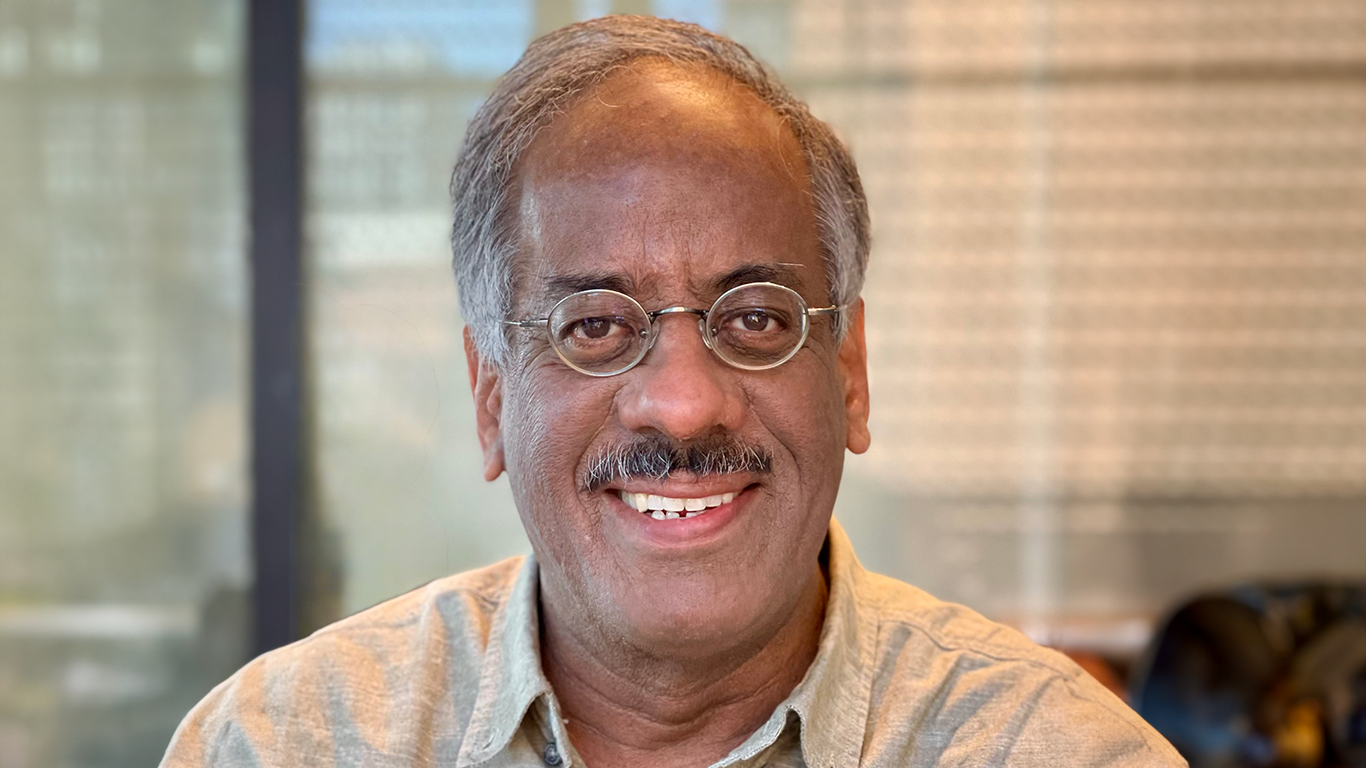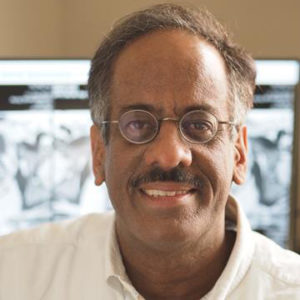A machine learning tool was able to accurately triage prostate cancer in OICR-supported research.
New research suggests that AI has the potential to improve the efficiency of prostate cancer screening, while also raising important questions about the use of AI in healthcare.
In an OICR-supported study published in Abdominal Radiology, Dr. Masoom Haider and his PhD student Emerson Grabke used a machine learning algorithm to interpret the results of mutiparametric MRI (mpMRI) and simulated its potential use as a triaging tool. They found it could reduce radiologist workload with minimal loss in accuracy.
It’s widely recognized that triaging suspected prostate cancer with mpMRI can spare patients and the health system from unnecessary biopsies. That’s why Cancer Care Ontario recommends all patients at risk of clinically significant prostate cancer get an MRI first, before determining if a biopsy is necessary.
But the increased use of MRI for triaging prostate cancer has put extra pressure on radiologists to interpret the results, which led researchers to wonder if AI could help reduce the added burden.
To answer this question, Haider’s lab trained a model on more than 2800 MRI exams. The AI model used a U-Net based convolutional neural network and combined this with clinical risk factors. The model was then run in a simulation on over 460 patient exams to see what would happen if only cases the deemed concerning were reviewed by the radiologist.

“We looked at how many exams could be triaged by U-Net combined with clinical indicators without needing a radiologist’s report, and how many instances of cancer might be missed with this triaging,” says Emerson Paul Grabke, PhD Candidate in Haider’s lab and first author of the paper.
They found that combining U-Net reading the MRI with prostate cancer risk indicators was able reduce radiologists’ workload by about 12.5 per cent with only a small reduction in the number of missed cancers (3 per cent) and a significant reduction in overcalls by radiologists.
“There is some promise here to potentially reduce healthcare costs and deal with shortages in radiologists, while helping more patients access MRI,” says Haider, Director of the Machine Learning and Radiomics Lab at Sinai Health and Professor of Medical Imaging at the University of Toronto.
But Haider says the study was meant to push the envelope into areas that would likely not be acceptable in the current healthcare environment. It raises important questions about our comfort level relying on AI to make important healthcare decisions.
Artificial intelligence (AI) has been touted for its potential to help with clinical decision making, but when and how AI should be used in place of human expertise has been the topic of much debate with human oversight deemed essential.
“We need to have a discussion in the medical community about what level of performance would make this kind of use of AI acceptable — further work is needed,” Haider says.
Haider says these conversations have become even more important as the healthcare system continues to face unprecedented demand. In June, the Ontario government announced it was adding 35 new centres for MRI and CT scans to keep up with increased pressures, which will ultimately means more need for radiologists to review the scans.
“There are interesting opportunities for AI to improve access in situations where it’s harder to get radiologist review — whether that’s late at night in the emergency room or in a remote area of the country,” Haider says. “So, it’s important we get this right.”


